Embed from Getty Images
Cilla Black said she wanted to be remembered for her music. Yet amidst all the accolades and plaudits following her untimely death last Sunday, when it comes to Cilla’s music, I sense a little reluctance, maybe even embarrassment on the part of the obituarists to acknowledge anything beyond how her cheeky Scouse persona translated into incredible chart success.
We have a little snatch of her signature Liverpool Lullaby here, a strain of Anyone Who Had a Heart there and then there’s the historic black-and-white wonder of those alleged twenty-nine takes of Alfie with Burt Bacharach, a 48 piece orchestra, George Martin and The Breakaways at Abbey Road.
But no one actually wants to commit to the non-commercial, intrinsically musical value of what she created, let alone suggest a musical legacy. That would probably involve mentioning the word ‘artistic’ which tends not to be placed in the same sentence as the words ‘Cilla Black.’
So that’s what I’d like to do here by choosing three songs – not necessarily the best songs she recorded or even my favourites (though the first one is, actually) – but three songs which showcase what Cilla Black brought to pop music: her vocal power, range, warmth, genuineness and yes, at times, even subtlety.
I’ve Been Wrong Before
Performed by Cilla Black
Written by Randy Newman
Produced by George Martin
Parlophone A-Side, April 1965
Embed from Getty Images
Cilla fully inhabits this tremulous Randy Newman song, perfectly capturing the ambivalence of love in a private moment of angst. She looks back to past hurt and speculates on the possibility of its unwelcome return. Last time – almost certainly her first – she fell naively and wholeheartedly in love and was hurt when love ended. It mustn’t be like that this time.
Dusty Springfield also recorded I’ve Been Wrong Before but Randy Newman has said Cilla’s is the best version. This is perhaps the only occasion on which Cilla trounced Dusty Springfield but I do believe Cilla’s version to be the better one.
Dusty trounced
Taken at a slightly faster pace (2.24 to Cilla’s 2.12), Dusty offers elongated phrasing and greater sophistication and there is a dreamlike quality too. With Cilla both piano 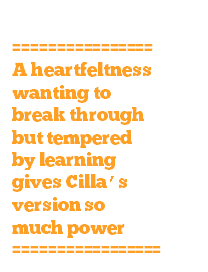 and voice are that much sharper as if to highlight the very starkness of the situation.
and voice are that much sharper as if to highlight the very starkness of the situation.
Dusty evokes vulnerability with a softness in her voice whereas with Cilla we hear a youthful, heartfelt quality which wants to fully embrace her new suitor and yet pulls back from doing so. It’s this unadorned quality, the heartfeltness always wanting to break through but tempered by learning which gives Cilla’s version so much power.
On the blurred cusp
Listen to how differently each singer handles the most important part of the song, the apex at the end of the final bridge – ‘Then he left me and a-broke my heart in two’ – going into the bequietened start of the final verse – ‘I see your face…’ This change from bridge to verse marks a sharp turnaround between a memory of past hurt and the seductiveness of the present moment. It’s crucial to the song. With Dusty, the cusp is blurred because of clever but disorientating changes of phrasing whereas Cilla switches from fervent cry to whispered intimacy in a trice.
And hear how she sings ‘I’ve…’ each time (against that austere D minor 7th chord). There is a real edge there.
‘I’ve Been Wrong Before’ only made No 17.
If I Thought You’d Ever Change Your Mind
Performed by Cilla Black
Written by John Cameron
Produced by George Martin
Parlophone A-Side, November 1969

This attractive, literate, quasi-classical chamber piece is perhaps the closest Cilla gets to baroque pop.
Sometimes criticised for her foghorn voice, If I Thought You’d Ever Change Your Mind is proof that Cilla could, when required, tone down her natural exuberance and express tenderness as effectively as she does fervour and excitement. During the 70s, her softer side was to dominate across a series of sometimes bland albums. But here, married to Mike Vickers’ suitably intricate, intimate late 60s arrangement (harpsichord, cello, woodwind) it shines.
Little girl voice
Employing a lyric of feminine, miniaturist abundance, Cilla maintains a little girl voice throughout, offering up not only ‘sweet perfumes and columbine’ but also one of her most restrained 60s performances.
Even at the song’s imploring climax she holds back as if not daring to wish that hope might defeat despair – or is it that she feels compelled to hide the true intensity of her feelings behind an air of girlish charm, remaining in the role of supplicant if she is to win back her love?
The song seeks to escape from its depressed verses so that Cilla greets each hopeful chorus with breathlessness only to be delivered back again into the next verse’s melancholy litany. And so to end.
Diffidence – or submissiveness?
I was surprised when Agnetha Falskog covered If I Thought You’d Ever Change Your Mind as recently as 2004 as I had long assumed that, to a modern audience, the song’s female diffidence might be mistaken for submissiveness. Unfortunately, whilst aiming for Cilla’s innocence and understatement, Falkskog achieves only flatness and the song is finally stifled by the predictability of its arrangement and curious airlessness of its production.
Marianne Faithfull might have brought out a darker side beneath the pleasing boudoir floweriness. But I suspect it will remain Cilla’s version – beseeching, slightly coquettish, imploring but sympathetically so – which lives on to define the song.
Cilla’s quieter side can also be heard on the then children’s standard but now semi-forgotten I Can Sing a Rainbow from her 1966 album Cilla Sings a Rainbow. Trees and Loneliness (from 1967 EP Time for Cilla) is another less winsome example, just pipped to the post by If I Thought You’d Ever … as the second of our three songs here.
Photo Credit: Stenycotte via Compfight cc
Love of the Loved
Performed by Cilla Black
Written by Lennon-McCartney
Produced by George Martin
Parlophone A-Side, September 1963
Embed from Getty Images
Here we are right back at the start of Cilla’s recording career.
Some might say this song is a prime example of Cilla’s ‘foghorn voice’. Somewhat more kindly and far more accurately, George Martin refers to Cilla singing Love of the Loved in her ‘corncrake voice.’ And – given strident competition from blaring brass – that’s just what the song demands.
‘Love of the Loved’ marks Cilla’s transition from Cavern Club cloakroom girl and 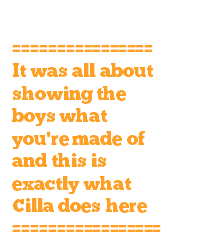 part-time performer to 60s hitmaker and star. You can easily picture her belting this out on the tiny stage at The Cavern but it also became her first hit, a UK No 35. Unlike most of Cilla’s future singles, its beat origins can be clearly heard and, if anything, are actually emphasised by George Martin’s brassy blasts.
part-time performer to 60s hitmaker and star. You can easily picture her belting this out on the tiny stage at The Cavern but it also became her first hit, a UK No 35. Unlike most of Cilla’s future singles, its beat origins can be clearly heard and, if anything, are actually emphasised by George Martin’s brassy blasts.
Go to it Cilla!
Love of the Loved brims with early 60s confidence, optimism and above all, excitement. The rawness of those Cavern days can be heard in every groove and the carefree exuberance of the song (‘So let it rain, What do I care?’) is perfect for Cilla’s unpolished, full blown voice.
I wonder would a soft voiced songstress have been heard at all above the bustle and noise of a smoke-filled Cavern? It was all about giving it what you’ve got and showing the boys what you’re made of and this is exactly what Cilla does here.
I like the fact that Love of the Loved was written by Lennon and McCartney (and also performed by the Fab Four), as a reminder not just of Cilla’s Liverpudlian roots and close association with the Beatles, but her hipness in those early days.
Oh, I didn’t get round to commenting on Cilla’s vocal range but for that try the unusual jazz flavoured Follow the Path to the Stars where she indulges in a little upper register scat singing!
Cilla Black: 27th May 1943 – 1st August 2015
Cilla at the BBC
Cilla – lightspots review of ITV biopic
More Take Three Songs
Take Three Songs… on Blackpool
Take Three Songs… by David Bowie
Take Three Songs… or early 60s instrumentals
Take Three Songs… Lynsey de Paul – No Honestly!
Take Three Songs… on Suburbia
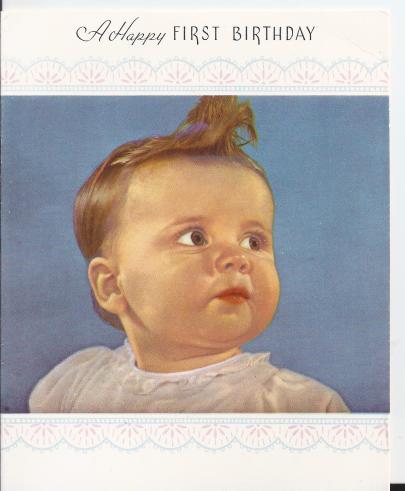
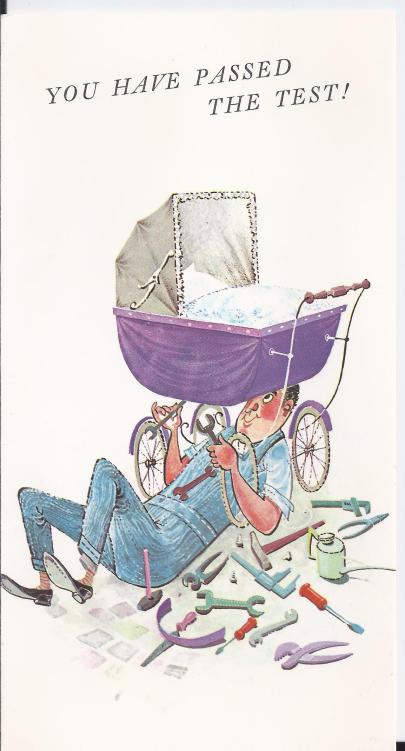
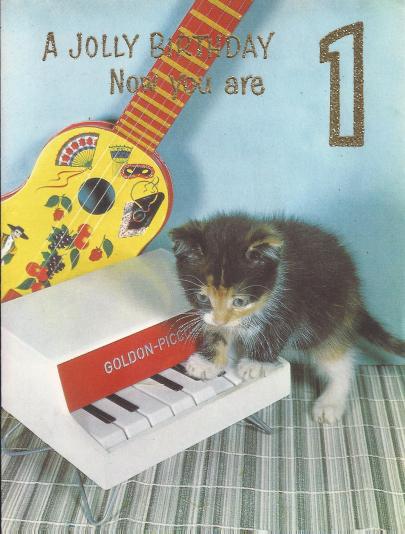

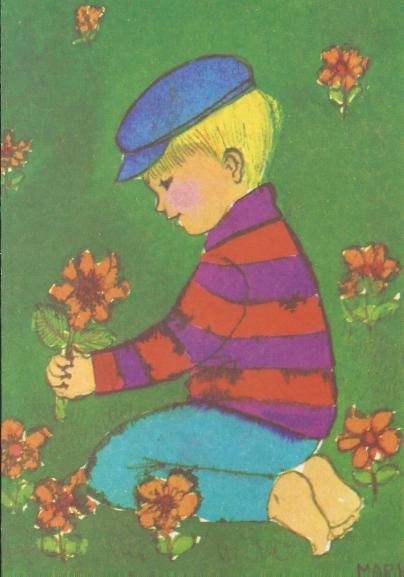
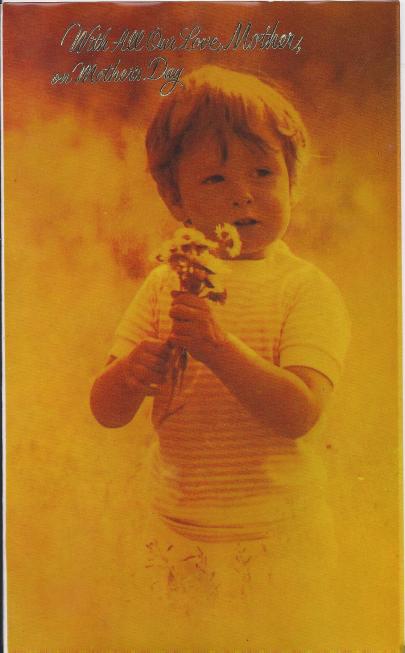
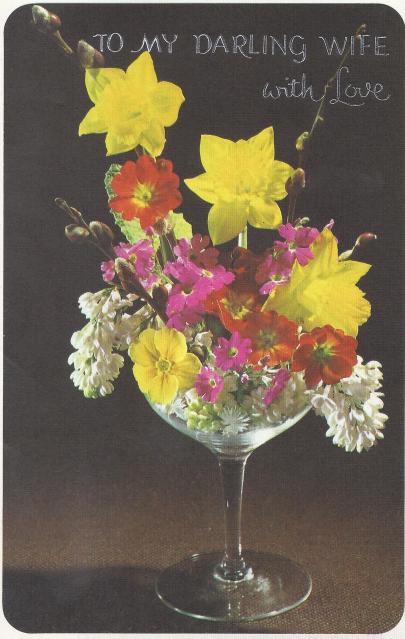
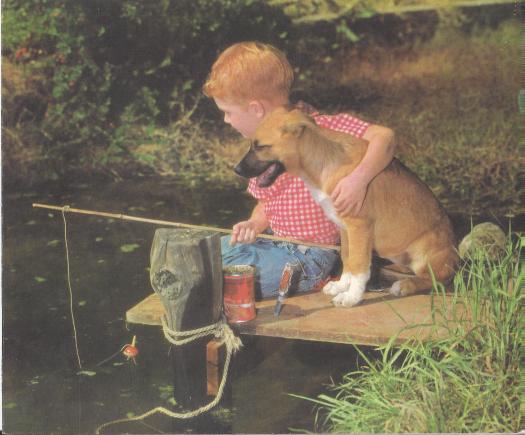

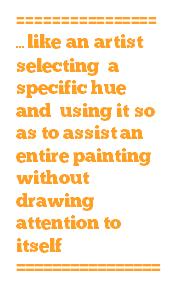 his framework the consummate songwriting of Lennon-McCartney. Martin’s choices are surprising, daring even but are always (just like Ringo’s drumming) in service of the song.
his framework the consummate songwriting of Lennon-McCartney. Martin’s choices are surprising, daring even but are always (just like Ringo’s drumming) in service of the song.
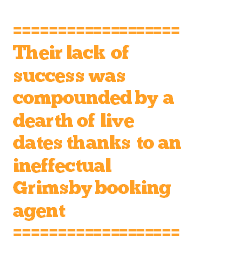 replacements, culminating in 1962 with Mick Brey, drums and Ian Good, bass, from other well-known Lincoln groups The Avengers and The Sultans. Over ten members passed through the band over its fifteen year lifespan.
replacements, culminating in 1962 with Mick Brey, drums and Ian Good, bass, from other well-known Lincoln groups The Avengers and The Sultans. Over ten members passed through the band over its fifteen year lifespan. On the back of their Opportunity Knocks success the band signed a record deal with Fontana. A single appeared in November 1965, If You Walk Out b/w Please Don’t Hide but was unsuccessful. ‘If You Walk Out’ is in a smoother Dave Berry style and sounds not unlike John Carter at the time. ‘Please Don’t Hide’ has a boogie-woogie flavour but still smooth vocals.
On the back of their Opportunity Knocks success the band signed a record deal with Fontana. A single appeared in November 1965, If You Walk Out b/w Please Don’t Hide but was unsuccessful. ‘If You Walk Out’ is in a smoother Dave Berry style and sounds not unlike John Carter at the time. ‘Please Don’t Hide’ has a boogie-woogie flavour but still smooth vocals.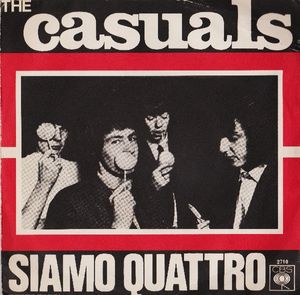 translated into Italian by ‘G.Testa’ (Italian singer Alberto Testa). Cook-Greenaway’s Siamo Quattro (‘We Four’) is an Italian vocal version of ‘I Was Kaiser Bill’s Batman’, a hit for Whistling Jack Smith.
translated into Italian by ‘G.Testa’ (Italian singer Alberto Testa). Cook-Greenaway’s Siamo Quattro (‘We Four’) is an Italian vocal version of ‘I Was Kaiser Bill’s Batman’, a hit for Whistling Jack Smith. six tracks on Side B. The track listing for The Casuals side was (and these are rough translations) ‘The Grey Mr James’ (I suspect ‘Semi-Detached Suburban Mr James’) ‘We Four’, ‘The Sun Does Not Fade’ (surely ‘The Sun ain’t Gonna Shine Anymore’), ‘Land of 1,000 Dances’, ‘Love Lasts Only a Moment’ and ‘Sorrow’, the latter very possibly being a cover of The McCoys/Merseys 1966 single.
six tracks on Side B. The track listing for The Casuals side was (and these are rough translations) ‘The Grey Mr James’ (I suspect ‘Semi-Detached Suburban Mr James’) ‘We Four’, ‘The Sun Does Not Fade’ (surely ‘The Sun ain’t Gonna Shine Anymore’), ‘Land of 1,000 Dances’, ‘Love Lasts Only a Moment’ and ‘Sorrow’, the latter very possibly being a cover of The McCoys/Merseys 1966 single.

 songwriter/ record producer Norman Newell (who wrote ‘Portrait of My Love’) and also recorded by José Feliciano b/w Don’t Dream of Yesterday by Carlos Leresche and Daniel Hortis (starting out as ‘Je t’appelle Encore’ but given new lyrics by Pardo) released in February 1968.
songwriter/ record producer Norman Newell (who wrote ‘Portrait of My Love’) and also recorded by José Feliciano b/w Don’t Dream of Yesterday by Carlos Leresche and Daniel Hortis (starting out as ‘Je t’appelle Encore’ but given new lyrics by Pardo) released in February 1968. and voice are that much sharper as if to highlight the very starkness of the situation.
and voice are that much sharper as if to highlight the very starkness of the situation.
 part-time performer to 60s hitmaker and star. You can easily picture her belting this out on the tiny stage at The Cavern but it also became her first hit, a UK No 35. Unlike most of Cilla’s future singles, its beat origins can be clearly heard and, if anything, are actually emphasised by George Martin’s brassy blasts.
part-time performer to 60s hitmaker and star. You can easily picture her belting this out on the tiny stage at The Cavern but it also became her first hit, a UK No 35. Unlike most of Cilla’s future singles, its beat origins can be clearly heard and, if anything, are actually emphasised by George Martin’s brassy blasts. 2 CD set Jackie Trent: Where Are You Now – The Pye Anthology [Sequel, 2000, NEECD 396] reviews Jackie’s 1963-75 career on Pye across fifty tracks including many of her solo UK hits and adding some album cuts along the way. The running order is broadly chronological. Paul Howes provides workmanlike notes in the usual glossy fold-out format and the sound quality sounds fine to me (in fact superior to Sequel’s 1999 Petula Clark Pye Anthology which suffers from background hiss on some tracks).
2 CD set Jackie Trent: Where Are You Now – The Pye Anthology [Sequel, 2000, NEECD 396] reviews Jackie’s 1963-75 career on Pye across fifty tracks including many of her solo UK hits and adding some album cuts along the way. The running order is broadly chronological. Paul Howes provides workmanlike notes in the usual glossy fold-out format and the sound quality sounds fine to me (in fact superior to Sequel’s 1999 Petula Clark Pye Anthology which suffers from background hiss on some tracks).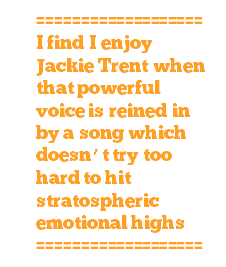 belonging…’
belonging…’
